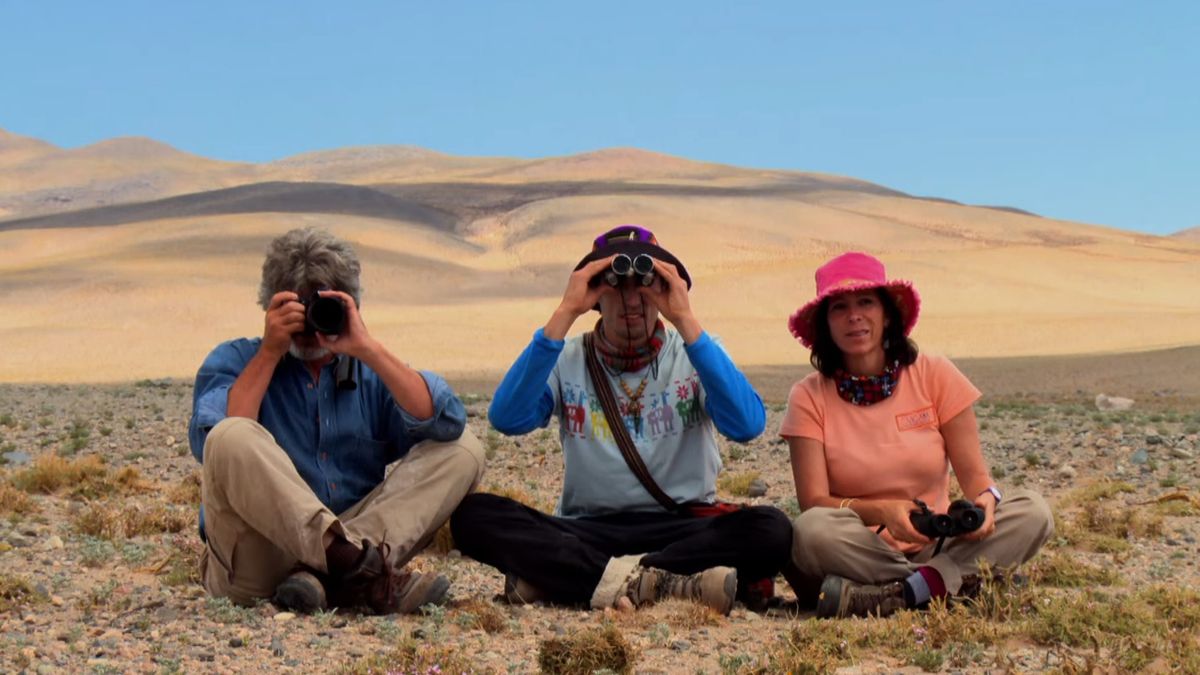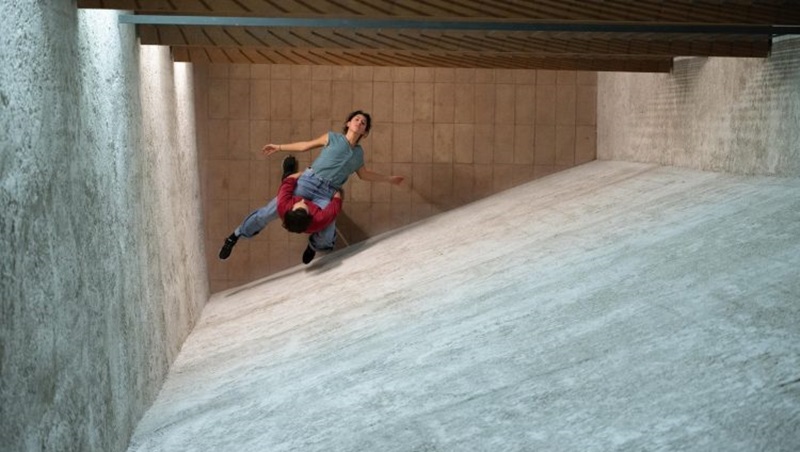“Dear grandson, you already have my travel diary in your hands. Your mission is to travel to these places to complete the investigations with the data and the advances that Argentine scientists made in all these years that have passed. Science, my dear grandson, teaches us to value the relationships we can build with other beings that inhabit nature ”. This is the message Hermes left for his grandson and it is a true legacy. This is what Travel Diary is all about, an audiovisual production that addresses in each installment the exploits of Alex Tremo, a curious adventurer determined to complete the investigations that his grandfather began 50 years ago.
The audiovisual production consisting of 13 episodes of 20 minutes each is produced by Pakapaka and directed by Mariano Turek. The performances of Alex Tremo and Emiliano Larea stand out, and the script by Alejandro Parisi. In each chapter the series combines fiction and documentary and is completed with a blog and micros with details on each topic addressed.
Mysteries to be solved
Completing your grandfather’s research and checking how far science advanced is the Travel Diary proposal. To do this, Alex begins a tour that will take him to different parts of the country. To know the mystery of the “Caña colihue, rodents and owls”, will travel to Río Negro. What is Caña colihue, a flower that walks? Alex sets out to research and begins to discover the environmental characteristics of the area.
The episode “rock art” it leads him to Antofagasta de la Sierra, Catamarca. The protagonist reaches this point to contemplate some thousand-year-old drawings that the ancient settlers captured on the rocks. Why have they made them, will they hide some secret or mysterious message?
The next chapter takes you to meet the “Vicuñas”, in the Argentine puna. The mystery that must be unraveled is why vicuñas, one of the few species native to America that seems to have disappeared, disappear. The next chapter takes place in Cerro Avanzado, Chubut, where Alex will meet the “Whales and seagulls”. The question that leads him is whether seagulls eat whales. The researcher is suspicious, seagulls are known to peck at the backs of whales and this led to many interpretations in the times of his grandfather. Why do they do it, what are the answers that science gives today?
In the episode “The Amphibians”, the protagonist must move to San Javier, Tucumán. Hermes told in his diary about the abundance of amphibians in the area and predicts that if their number continues to grow, the insects will disappear completely from the place. But your grandson can verify that at present that prediction did not come true. What secrets do amphibians keep?
The next trip takes Alex to Puerto Madryn to understand the secret of the “Magellanic penguins” with a question: How much has the population of this species evolved over the years?
These research proposals are followed by the enigma of the superbugs, in Laguna Diamante (Catamarca), monitoring the traces of hunters and gatherers in El Infiernillo (Tucumán), a tour of Patagonia to go behind the footsteps of the dinosaurs, the enigma of marine invertebrates of Puerto Madryn (Chubut) and the investigation of the stromatolites in the Tolar Grande (Salta).
In its 13 episodes, Diario de viaje gives an account of the multiplicity of ecosystems present in the national territory, their natural and cultural riches, and provides evidence on the advancement of science in each topic addressed. The series can be seen for free on the public platform Tell.




:format(webp)/cloudfront-us-east-1.images.arcpublishing.com/grupoclarin/XM6EP3SM5REKNBOIXJSOCDCOOA.jpg)
